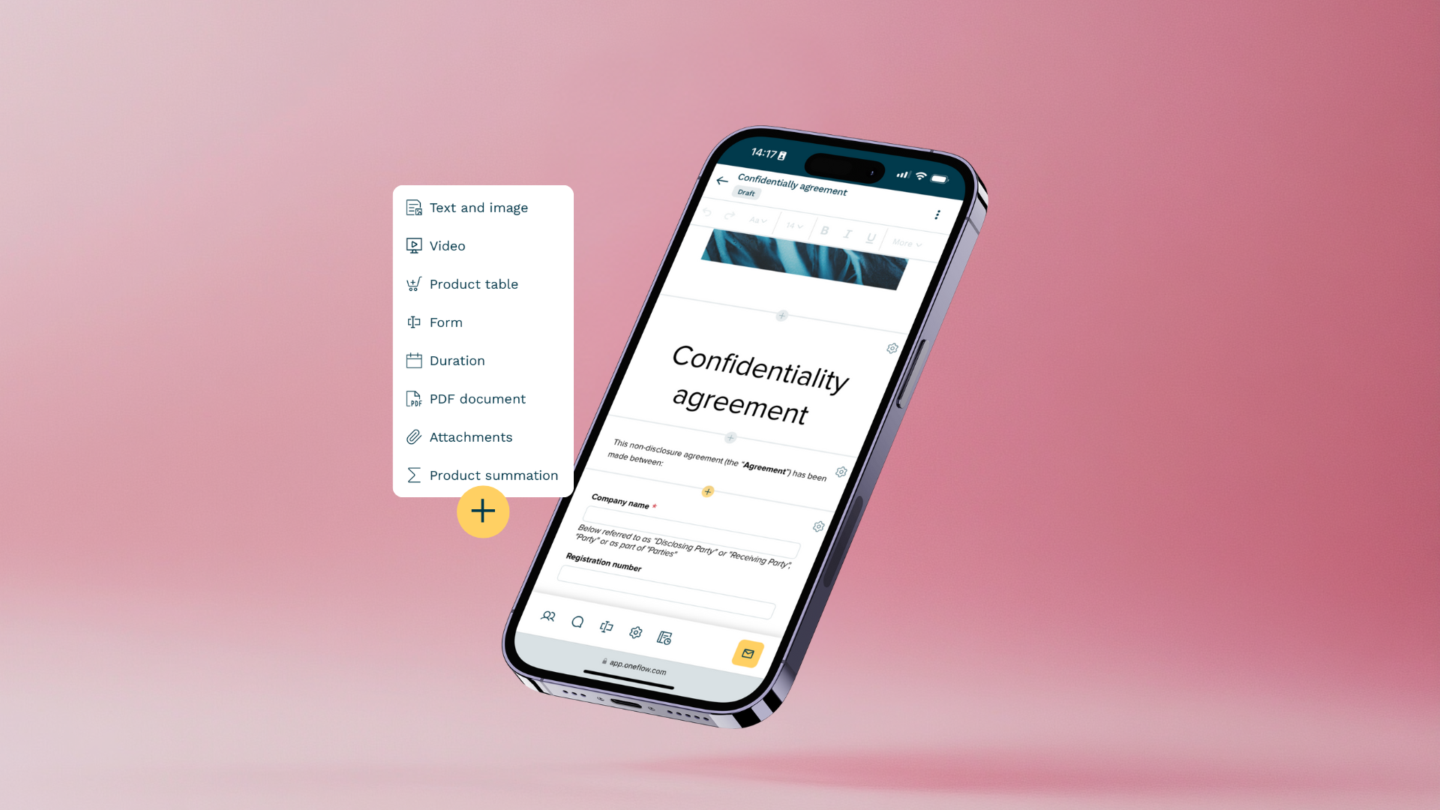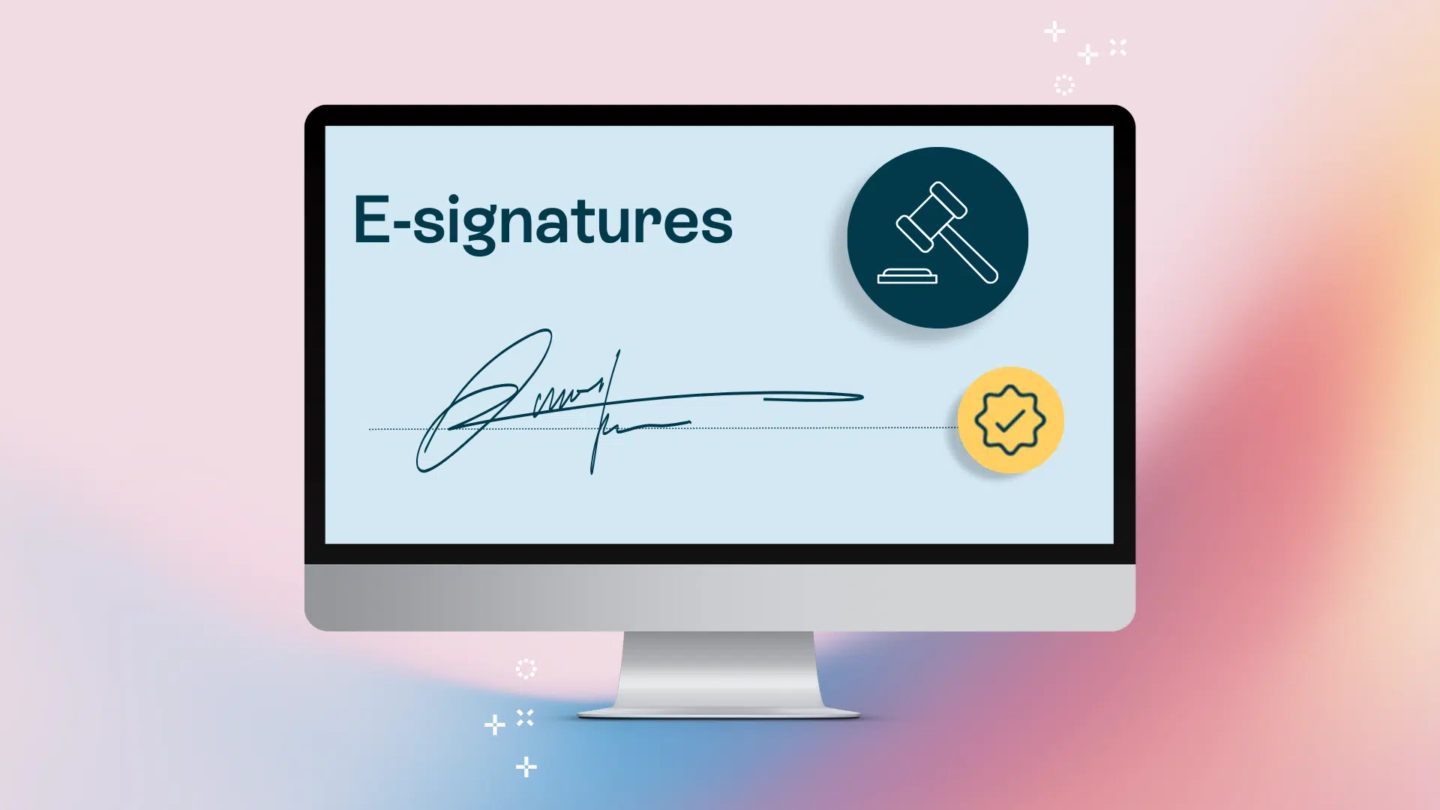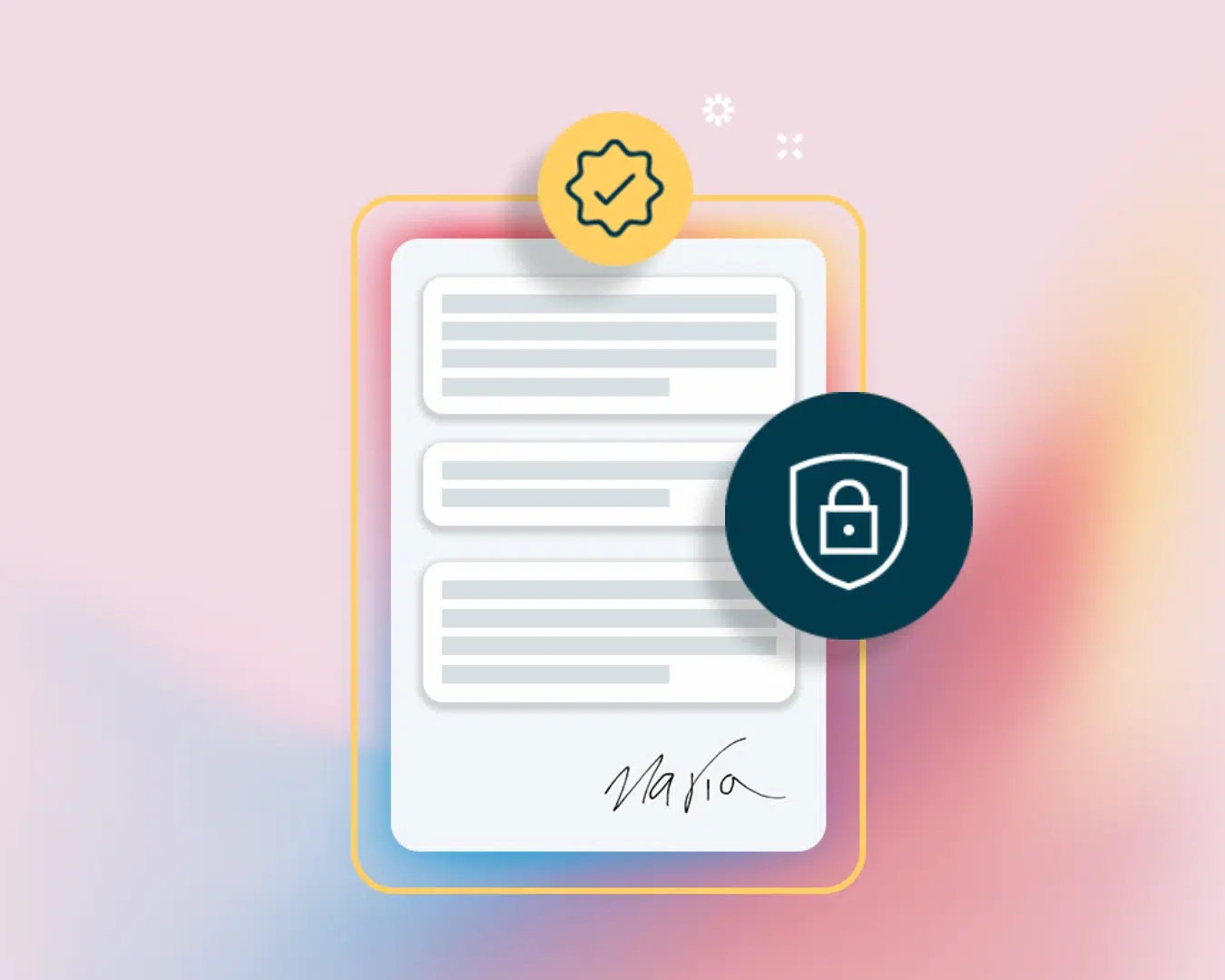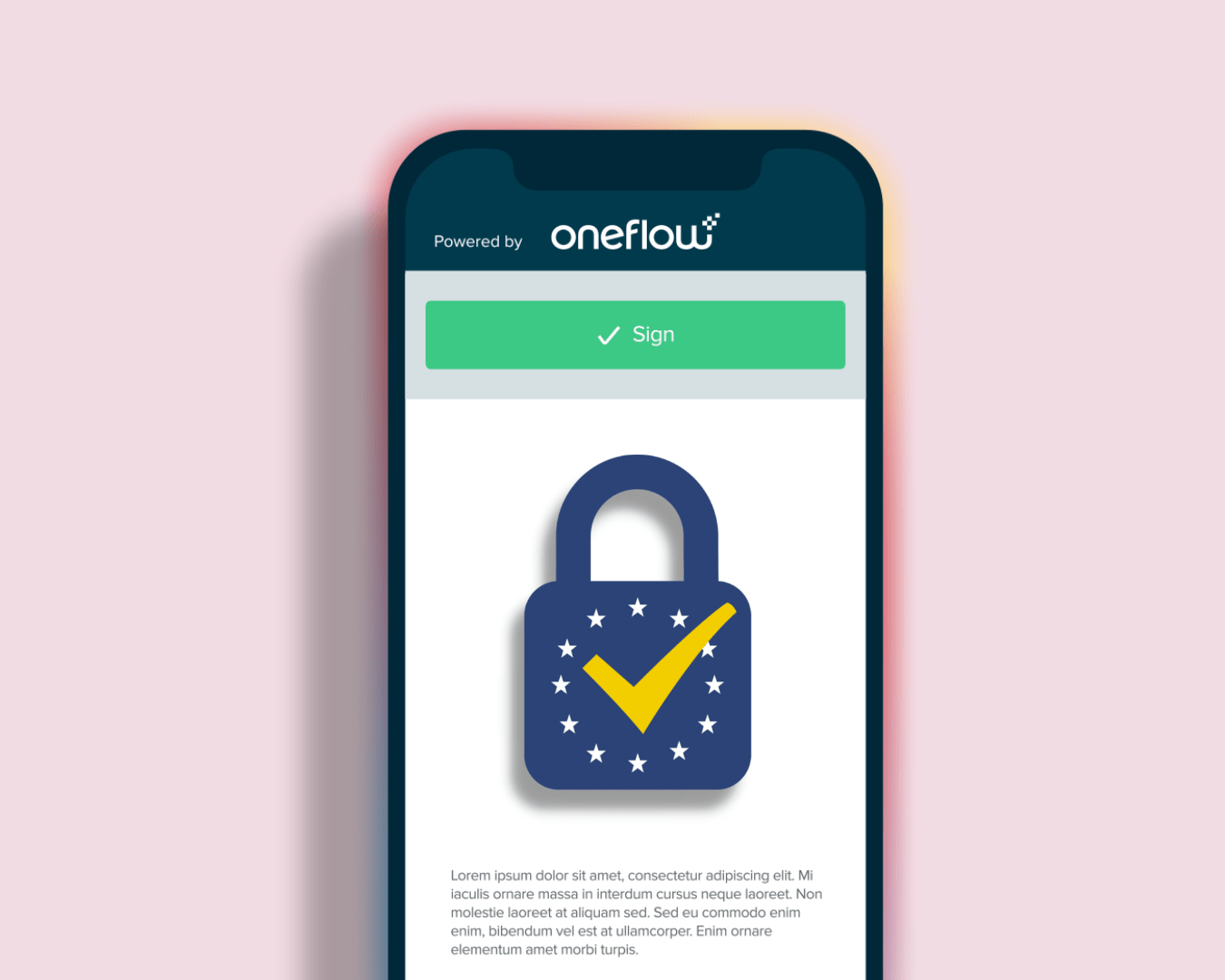Picture this: you’ve just wrapped up a promising partnership negotiation with a new client in Germany. The terms are agreed. Everyone’s ready to move forward. Then comes the question:
“Can you send the contract with a qualified electronic signature?”
It’s a small request—with big implications. And it perfectly illustrates something many businesses discover the hard way: contract signing varies significantly depending on where you are in the world.
According to a Oneflow survey, 35% of companies use the same contract signing method in every market, while 34% adapt their approach depending on the region. That near-even split says it all: some play it safe with a one-size-fits-all method, while others recognise the need for local nuance.
If your organisation operates globally—or is planning to—it’s time to take a closer look at what makes contract signing work across borders.

Contracts Don’t Mean the Same Thing Everywhere
In the UK or the US, a signed contract is generally seen as a binding commitment. You sign, you’re legally bound. But that perspective isn’t universal.
In parts of Asia or Latin America, a contract may be seen more as a framework—a starting point for a relationship, with the understanding that details can evolve. It’s not about dishonesty or lack of clarity—it’s simply a different way of approaching business.
Harvard Business Review recounts a case where a US manager grew frustrated with a Japanese partner who kept requesting “small adjustments” after contract signing. But in the Japanese context, that was completely normal—an expected part of an evolving commercial relationship.
Why it matters:
- Misunderstanding cultural norms can sour partnerships before they’ve even begun.
- Being overly rigid—or too flexible—in the wrong context can derail negotiations or delivery.
What you can do:
- Discuss expectations with local partners early in the process.
- Seek advice from professionals who understand cultural as well as legal landscapes.
Legal Requirements Vary—And They Matter
Let’s return to that German client. The request for a Qualified Electronic Signature (QES) isn’t just a preference—it’s a legal requirement for certain types of agreements under the EU’s eIDAS regulation.
A QES is the most secure type of e-signature under eIDAS, and it holds the same legal weight as a handwritten signature. In Germany and other EU countries, this level of assurance is often mandatory for high-stakes or regulated contracts.
In the UK, while we’ve retained a version of eIDAS post-Brexit (UK eIDAS), legal signature requirements can differ depending on the contract type, industry, and jurisdiction.
By contrast, in the US, a basic electronic signature under the ESIGN Act is usually sufficient. Meanwhile, some Asian jurisdictions may require additional identity verification, notarial processes, or still favour wet ink signatures.
Why it matters:
- If your signature method doesn’t meet local legal standards, the contract may not be enforceable.
- You could face delays, or worse—have to restart the process under new terms.
What you can do:
- Ensure your contract platform supports the signature standards required in each market.
- Consult legal advisors before implementing contract workflows in new jurisdictions.
Not Every Market Is Ready for Digital-First Contract Signing
While e-signatures are becoming more common globally, not all countries have embraced them at the same pace.
In some markets, printed PDFs, postal documents, and scanned signatures are still the norm. Others are leading the charge in digital transformation, using mobile-first platforms with identity-verified signatures and automated tracking.
McKinsey points out that digital globalisation is accelerating—but unevenly. Adoption depends on infrastructure, local regulations, and digital literacy.
So, rolling out a sleek, mobile-optimised contract signing solution may fall flat if your partners are expecting a traditional document sent via email.

Why it matters:
- A standardised digital process may frustrate partners or delay deals if it doesn’t meet local norms.
- Assuming everyone is “digital-ready” risks alienating clients or causing legal complications.
What you can do:
- Offer flexibility: support mobile, desktop, and even printable options where needed.
- Provide onboarding and support, especially for partners or clients less familiar with digital signatures.
Global Contracts, Local Thinking
Here’s the bottom line: doing business internationally means respecting local practices—especially when it comes to contract signing.
A single workflow won’t work everywhere. But with the right tools and local awareness, you can create a secure, efficient, and compliant process that adapts to each market.
Key Takeaways: Contract Signing
- Culture matters: Understand how different regions interpret contracts and negotiation norms.
- Laws matter even more: Always confirm legal signature requirements before sending a contract.
- Digital readiness varies: Don’t assume everyone prefers e-signatures or mobile-first platforms.
- Flexibility is key: A smart contract process adapts to both legal and cultural expectations.
Looking for a contract platform that works as well in Manchester as it does in Munich?
Oneflow helps teams collaborate and makes contract signing and staying compliant easy —wherever your business takes you.








